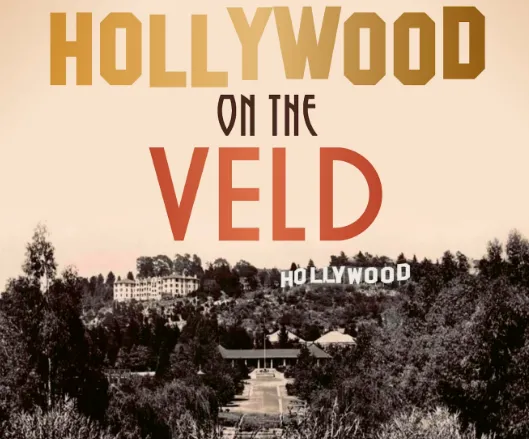REVIEW: Hollywood on the Veld, when movie mayhem gripped the City of Gold

Isidore Schlesinger, better known as ‘IW’, built a studio on a farm called Killarney, where he set out to challenge a place in America that was in its infancy: Hollywood.
Image: YouTube
In 1913, an American millionaire living on the top floor of Johannesburg’s Carlton Hotel had an extraordinary idea: to make films in Johannesburg. And not just any films, but the biggest in the world, grand spectacles with elaborate sets, thousands of extras, and epic storylines.
Isidore Schlesinger arrived in South Africa with almost nothing. He set out to make his fortune selling American goods, telling his parents he’d return either a millionaire or a pauper.
Known as “IW”, Schlesinger built a film studio on a farm called Killarney, with the ambitious goal of rivalling a place that was itself only just emerging—Hollywood, which at the time was still farmland outside Los Angeles, dotted with shacks and barns.
Though movies were still in their infancy in 1913, and despite having no background in entertainment, Schlesinger quickly made his mark on the global film scene.
He launched “The African Mirror”, a newsreel series, and sent crews as far as East Africa to document World War I. His production company was among the first to shoot on location outdoors, while Hollywood was still confining itself to studios and painted backdrops.
Schlesinger’s crews filmed across the bushveld, at historic battlefields, Victoria Falls, and the forests of Portuguese East Africa - well beyond the comfort zones of most of his contemporaries. He was deeply passionate about South Africa’s landscapes and cinematic potential.
The glamour and ambition of IW’s Killarney studio mirrored the mood of early 20th-century Johannesburg, a city in the midst of a heady golden age.
Behind the bold venture was a maverick tycoon, a recluse who mingled with the famous yet remained intensely private. He gave no interviews, kept his affairs tightly guarded, and relied on a small group of front men to operate in public.
In an industry built on publicity, Schlesinger was a master of remaining unseen. He could easily have made his mark in California, yet he chose the City of Gold as his base, and turned his vision of a “Hollywood on the Veld” into a fleeting empire unlike any other.
When he died in 1949, the “New York Times” suggested that had he remained in the United States, he might have become a global figure on par with Henry Ford or J.P. Morgan.
About the author
Journalist and author Ted Botha has worked for Reuters in New York and has been published in The New York Times, Esquire, The Telegraph, Condé Nast Traveler and Outside.
His books include Daisy de Melker, hiding among killers in the City of Gold; Apartheid in my Rucksack, and the forensic thriller The Girl with the Crooked Nose.
IOL Entertainment